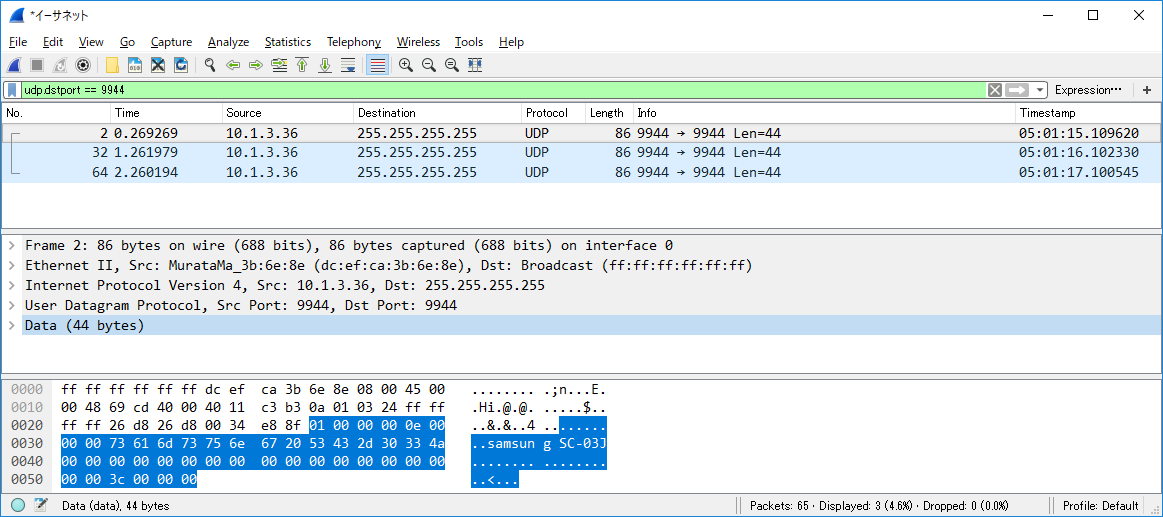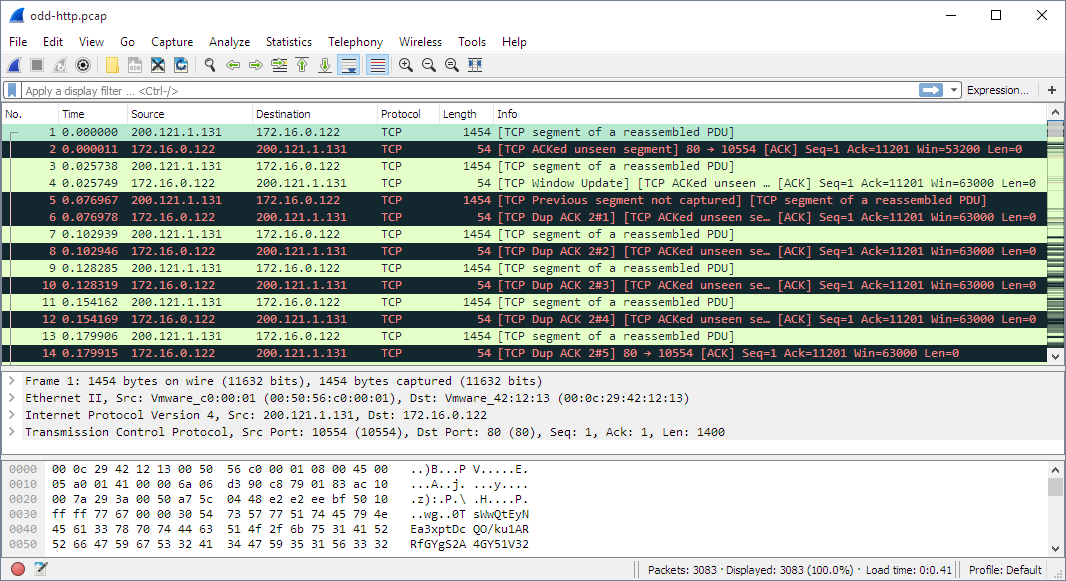

So, he started writing ethereal and released the first version around 1998. The protocol at that time did not complete the primary requirements. In the late 1990's Gerald Combs, a computer science graduate of the University of Missouri-Kansas City was working for the small ISP (Internet Service Provider). The data packets in the Wireshark can be viewed online and can be analyzed offline.

Network packets are small, i.e., maximum 1.5 Kilobytes for Ethernet packets and 64 Kilobytes for IP packets.
It helps us to know how all the devices like laptop, mobile phones, desktop, switch, routers, etc., communicate in a local network or the rest of the world.Ī packet is a unit of data which is transmitted over a network between the origin and the destination. It also helps to troubleshoot latency issues and malicious activities on your network. It is used by network engineers to troubleshoot network issues. It allows the users to watch all the traffic being passed over the network. It is used by network security engineers to examine security problems. Wireshark can be used in the following ways: It puts the network card into an unselective mode, i.e., to accept all the packets which it receives. It is often called as a free packet sniffer computer application. Wireshark is a free to use application which is used to apprehend the data back and forth. It is also used by network security engineers to examine security problems. It is commonly called as a sniffer, network protocol analyzer, and network analyzer. It is used to track the packets so that each one is filtered to meet our specific needs. Refer to the wireshark-filter man page for more information about the slice operator and Wireshark display filters in general.Wireshark is an open-source packet analyzer, which is used for education, analysis, software development, communication protocol development, and network troubleshooting. For example, if the source address was 50.xxx.xxx.100 and the destination address was .152, then the packet would still match the filter, as the 1st byte of the source address would match as well as the last byte of the destination address. Unfortunately, this doesn't work reliably because it will actually match either the 1st byte of either the source or destination addresses as well as the 4th byte of either the source or destination IP addresses. Note that you might be tempted to use a simpler filter such as: ip.addr=32 & ip.addr=98 This filter also avoids any potential problems with whether name resolution is enabled or not, as ip.host isn't necessarily guaranteed to match "\.152$" if name resolution is enabled. The filter uses the slice operator to isolate the 1st and 4th bytes of the source and destination IP address fields. Those values, 32 and 98 are hexadecimal values for 50 and 152, respectively.






 0 kommentar(er)
0 kommentar(er)
